This article has been reviewed according to Science X's editorial process and policies. Editors have highlighted the following attributes while ensuring the content's credibility:
fact-checked
trusted source
proofread
Exploring Arctic plants and lichens: An important conservation baseline for Nunavut's largest territorial park

Encompassing over 16,000 km2 of towering mountains, long fiords, lush valleys, and massive ice caps, Agguttinni Territorial Park is a protected area on northern Baffin Island, Nunavut, Canada. This park, and all of Nunavut, is Inuit Nunangat—Inuit homeland in Canada—and the park protects sites and biodiversity stewarded by Inuit since time immemorial.
Agguttinni means "where the prevailing wind occurs" in the Inuktitut local dialect. The park includes important bird areas, key habitats for polar bears and caribou, and numerous important Inuit cultural sites. It is very remote: No roads lead to it, and access is only by helicopter, boat in the summer, or snowmobile in the winter.
During the development of the park's management plan, a team from the Canadian Museum of Nature, led by Dr. Lynn Gillespie, inventoried the park's plants and lichens in partnership with Nunavut Parks and Special Places.
-
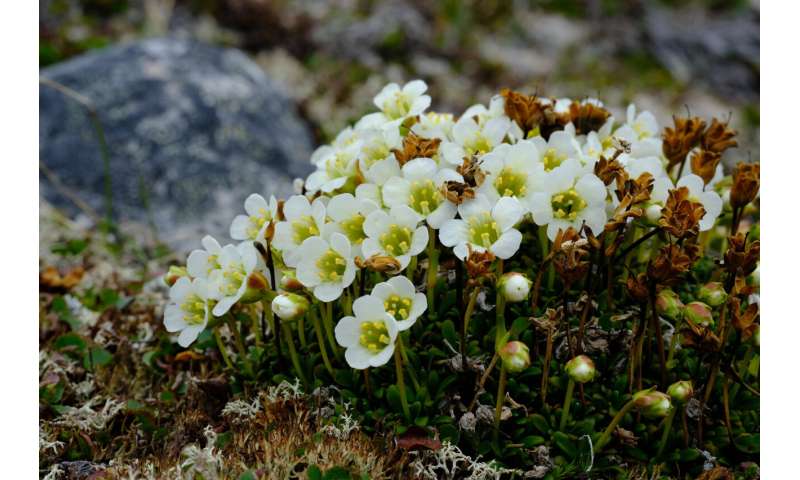
Lapland diapensia (Diapensia lapponica). Credit: Lynn J. Gillespie / Canadian Museum of Nature -
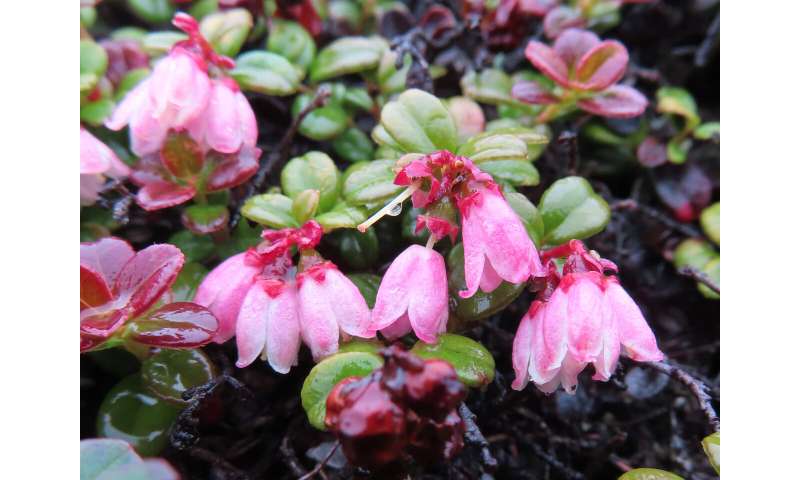
Mountain cranberry (Vaccinium vitis-idaea). Credit: Geoffrey A. Levin / Canadian Museum of Nature -
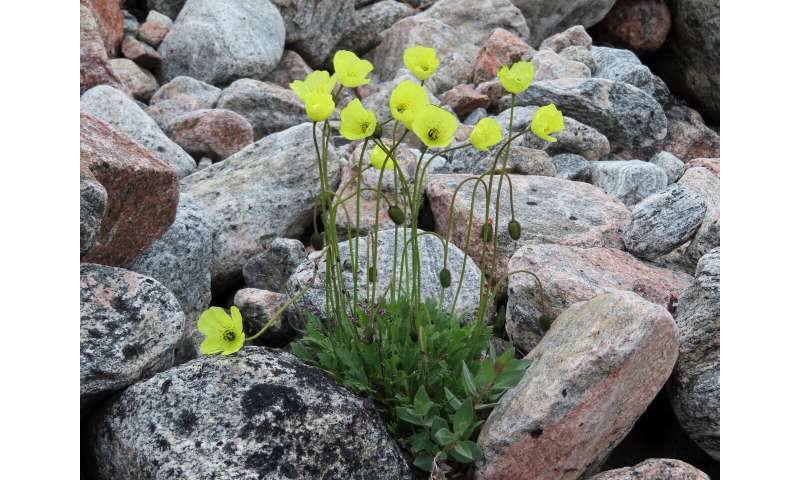
Arctic poppy. Credit: Geoffrey A. Levin / Canadian Museum of Nature
Over five weeks in the summer of 2021, Dr. Gillespie's team traveled across Agguttinni, exploring the vicinity of four base camps in the park on foot and further afield by helicopter. Across this large area, they studied many different habitats from the interior Barnes Ice Cap to the coast of Baffin Bay.
The heads of the long fiords, sheltered far inland, hosted the greatest plant diversity in the park, including numerous species rare on Baffin Island and two species previously only known from farther south in Canada: Lapland diapensia (Diapensia lapponica) and flame-tipped lousewort (Pedicularis flammea). Conversely, the interior plateau near the ice cap was less diverse, but still held new records for Nunavut, such as powdered matchstick lichen (Pilophorus caerulus), Starke's fork moss (Kiaeria starkei) and sprig moss (Aongstroemia longipes).
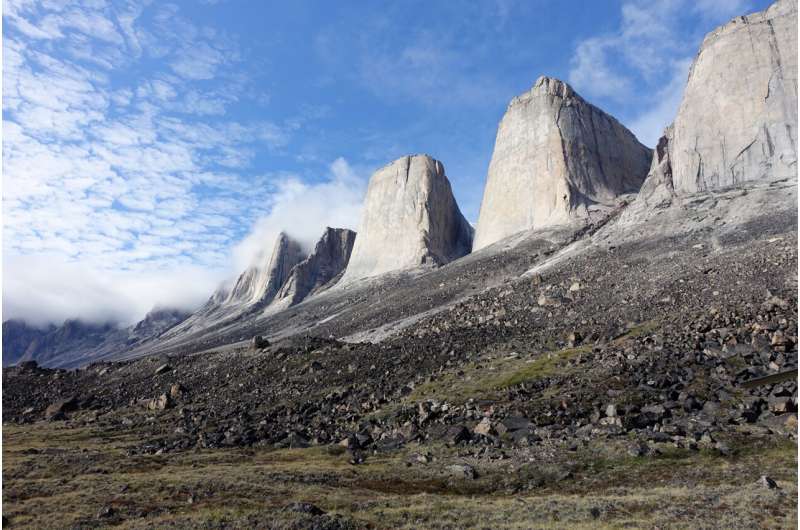
This intensive fieldwork resulted in over a thousand new specimens deposited at the National Herbarium of Canada at the Canadian Museum of Nature and other herbaria worldwide. These pressed and preserved plants and lichens serve as proof that these species were found at this specific place and time and are the foundation for our knowledge of botanical diversity in the park.
-
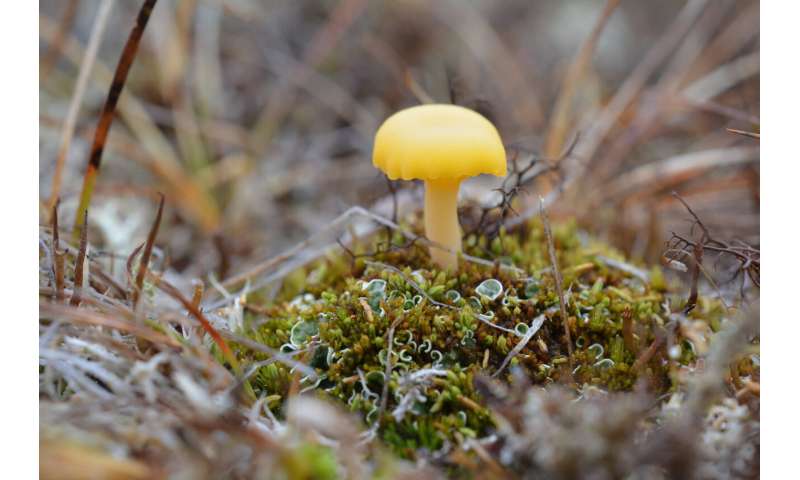
Arctic mushroom scales lichen. Credit: Paul Sokoloff / Canadian Museum of Nature -
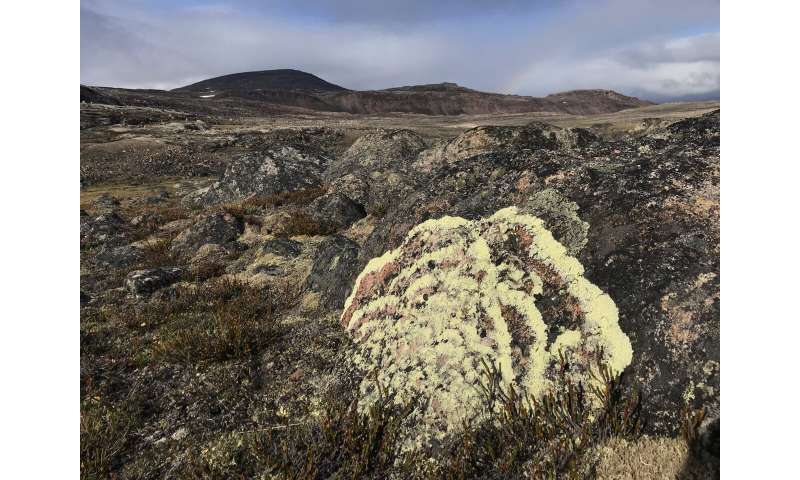
Concentric-ring lichen. Credit: Paul Sokoloff / Canadian Museum of Nature
Dr. Gillespie and her team also examined over 300 existing herbarium specimens from the park area, most of which were collected in 1950, the last time botanists intensively studied this part of Baffin Island. Combining data from these old and new specimens has resulted in an annotated checklist of the park's plant and lichen diversity, describing the 141 vascular plant, 69 bryophyte, and 93 lichen species documented in Agguttinni, all native to the Arctic.
This checklist, immensely valuable to park managers and botanists, is filled with descriptions and photos useful to anyone interested in Arctic botany and is published in Check List. With information on which species are present, where they are distributed, and which ones are rare, it will help the conservation and management of the protected area.
More information: Lynn J. Gillespie et al, Vascular plant, bryophyte, and lichen biodiversity of Agguttinni Territorial Park, Baffin Island, Nunavut, Canada: an annotated species checklist of a new Arctic protected area, Check List (2024). DOI: 10.15560/20.2.279
Provided by Pensoft Publishers


















